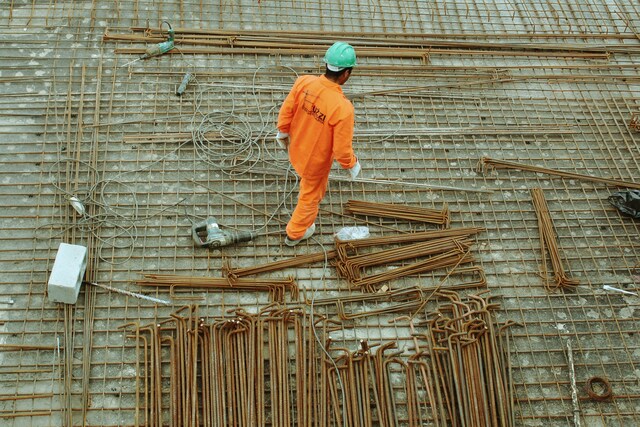
Latest apprenticeship and trainee data reaffirms building and construction industry concerns that we are facing a critical labor shortage in the midst of a housing crisis said Master Builders Australia CEO Denita Wawn.
Over the year to September 2023, a total of 42,333 new apprentices started in the building and construction industry. This represents a 25 per cent reduction on the previous 12-month period.
The number of apprentices in training in building and construction has decreased since September 2022, when there were 124,120 apprentices in training, to 120,881 in September 2023 (-3 per cent).
Over the year to September 2023, a total of 21,814 construction apprentices completed their training. This represents a sharp reduction (-7.9 per cent) on a year earlier.
Despite this reduction, building and construction remains by far the largest employer of apprentices of any industry.
Latest figures show that 120,881 building and construction apprentices were in training at the end of September 2023 – representing 33 per cent of all Australian apprentices.
“VET is central to skills and knowledge development in the building and construction industry,” Ms Wawn said.
More than 600,000 of the 1.3 million workers in building and construction have a VET qualification.
Construction is the backbone of the Australian economy, employing approximately 1.3 million people, providing infrastructure, commercial and community buildings, and homes for the growing population. But the building and construction industry workforce is ageing and has a typical exit rate of 8 per cent a year. Master Builders estimates we need half a million new entrants over the next three years.
Ms Wawn said, “We are not doing enough to plug this gap. There are not enough new entrants to the industry to meet building and construction targets, including 1.2 million new dwellings under the Housing Accord, or the transition to net zero by 2050.”
“We need more apprentices starting and completing their training in trades,” Ms Wawn said.
The recently released report on the inquiry into VET perceptions has made recommendations to putting VET and higher education on equal footing, investing significantly in careers education from an early age, supporting careers advisers to help young people make informed choices, promoting pathways to VET-based careers for women and delivering national campaigns to promote VET pathways.
Ms Wawn said, “Skilled migration and better utilising the skilled migrants already in the country but who are not currently working in the industry are vital pieces of the puzzle.”
“When seeking to attract more skilled trades into Australia, it is important to look to migrants who are already in the country,” Ms Wawn said.






